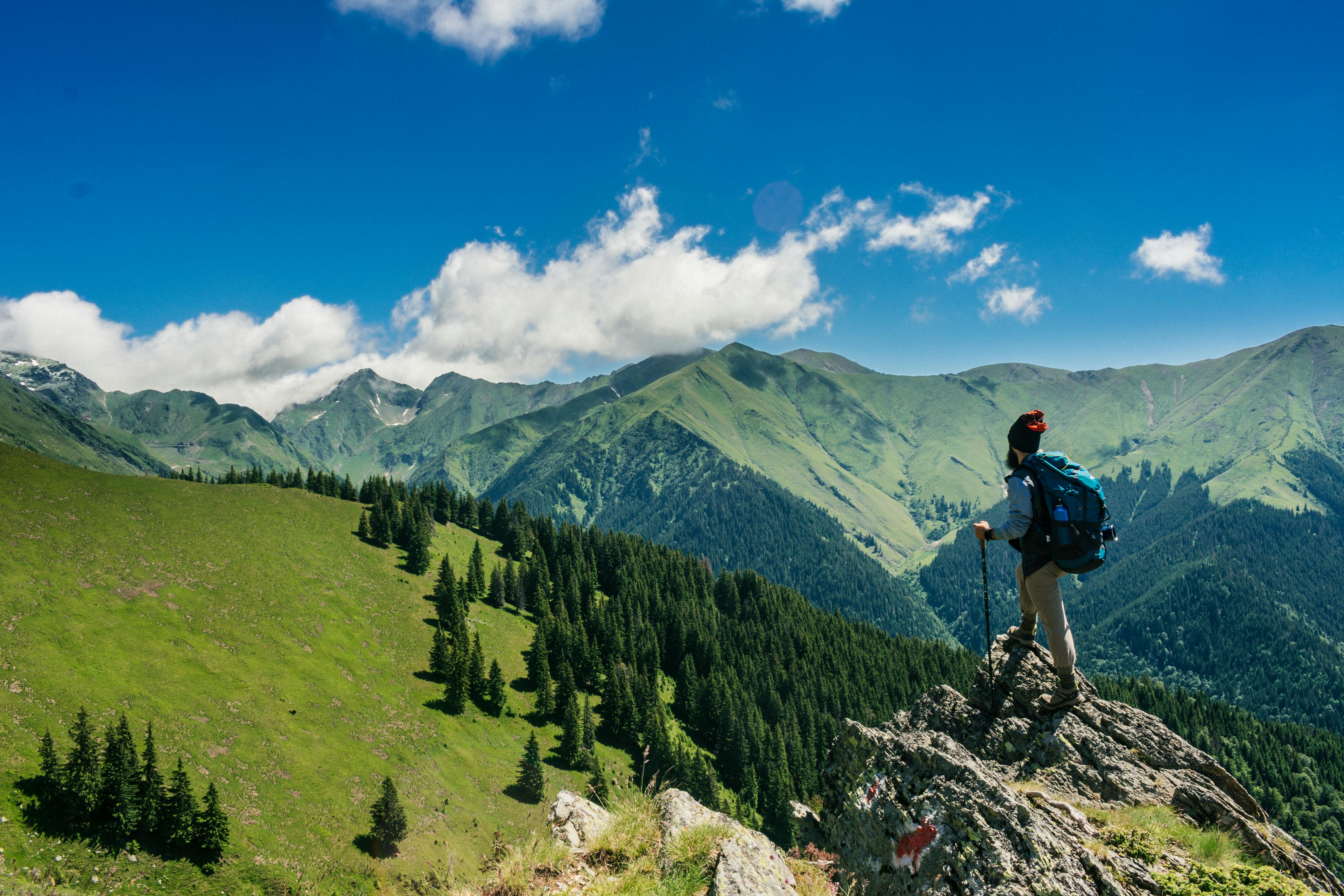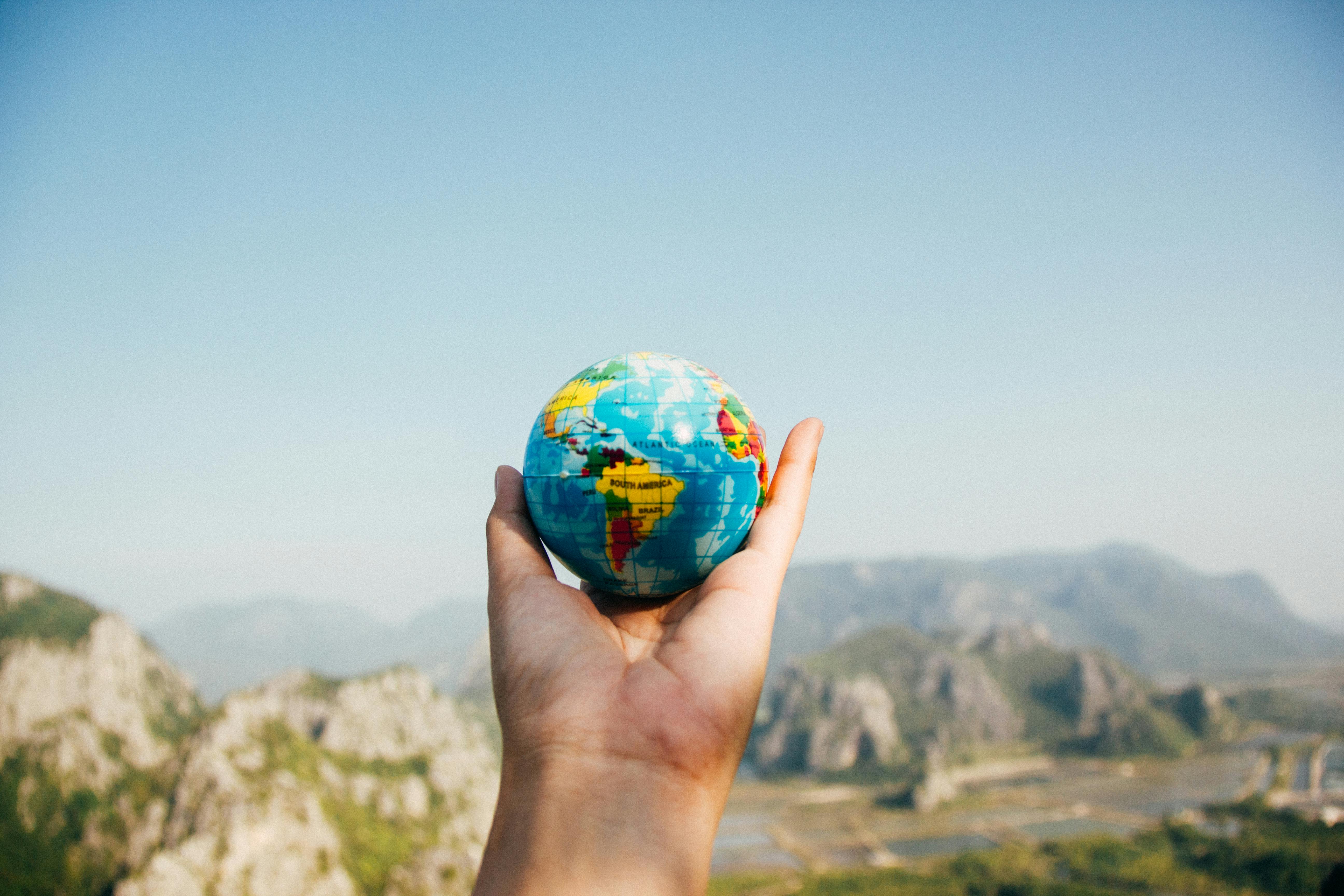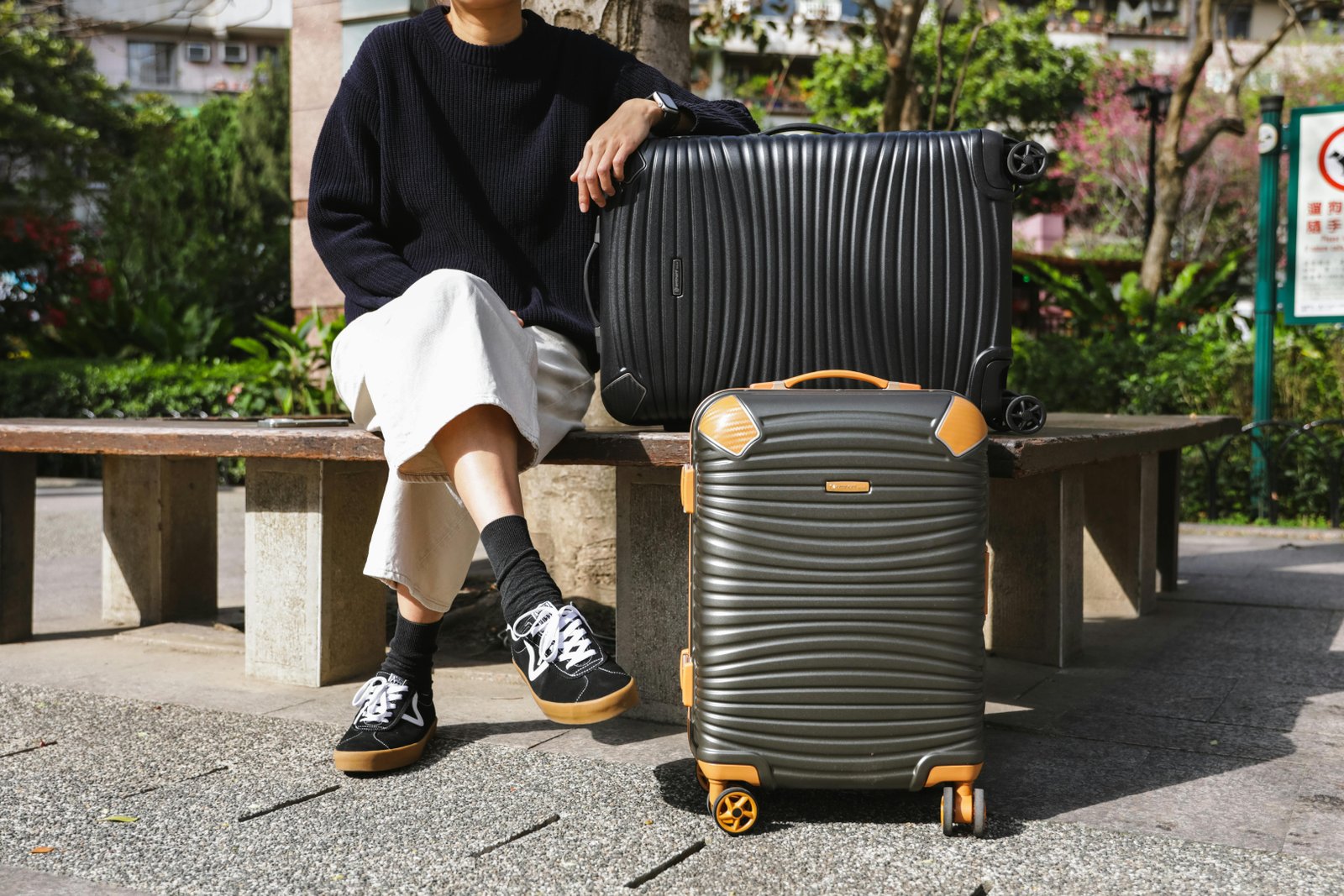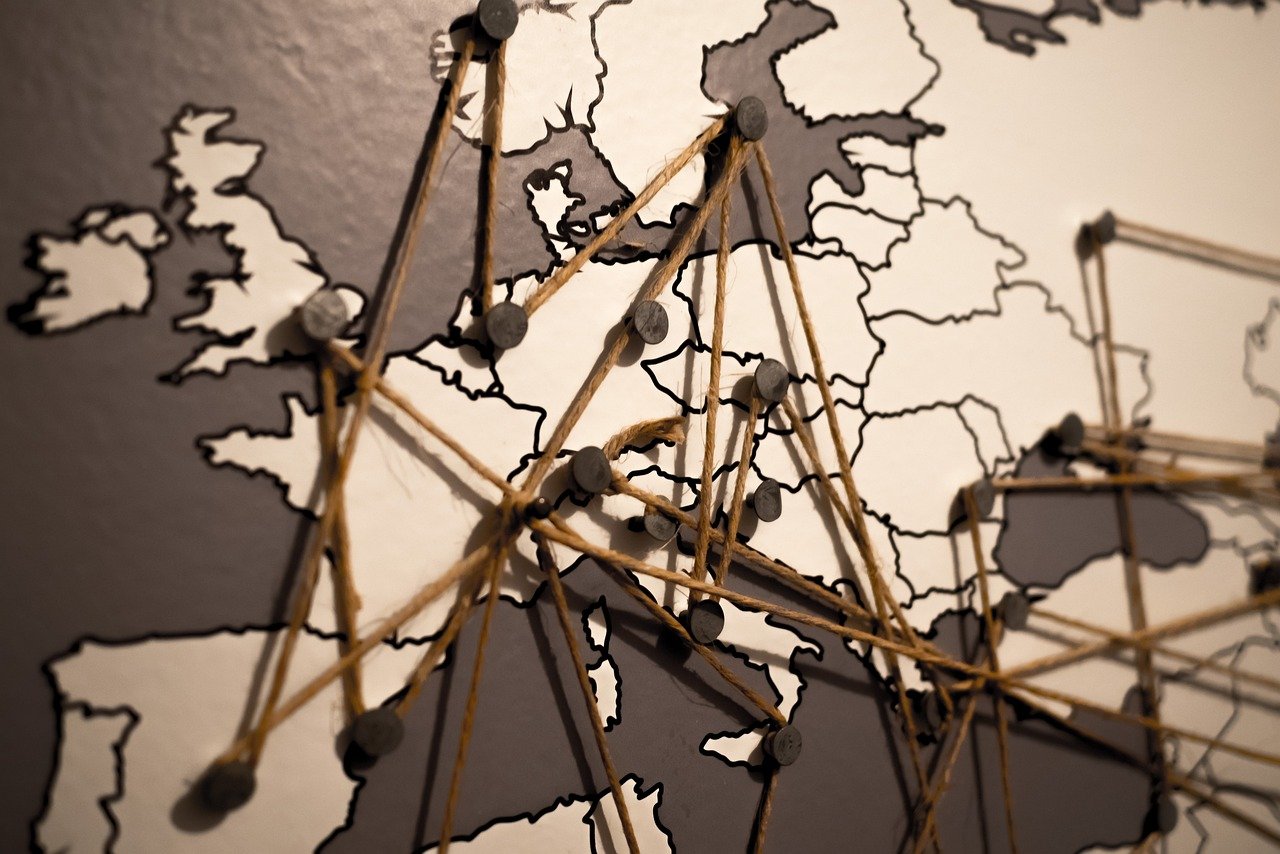Planning a solo trip can be an exciting and empowering experience, but it can also feel a bit overwhelming at first. With so many details to consider and decisions to make, it’s natural to feel a little lost. But fear not, because in this article, we will guide you through the process of planning your perfect solo adventure. From choosing the destination to booking accommodations and creating an itinerary, we’ve got you covered. So grab your notebook and let’s get started on this unforgettable journey together!
Choosing the Destination
Choosing the right destination is an exciting part of planning your solo trip. It gives you the freedom to pick a place that truly resonates with your interests and preferences. Start by considering what you enjoy doing and what kind of experience you want to have. Are you a nature lover, an adventure seeker, or someone who loves to immerse themselves in the local culture? Understanding your own preferences will help you narrow down the options.
Once you have an idea of what you’re looking for, it’s time to research popular destinations. Look for places that offer the activities and attractions you’re interested in. Read about other solo travelers’ experiences in different locations. This will give you a better sense of what to expect and help you make an informed decision.
Before finalizing your destination, remember to check the visa requirements. Some countries may require you to obtain a visa in advance, while others may offer visa-on-arrival or visa-free entry. Make sure you understand the process and have enough time to obtain the necessary documents.
Checking travel advisories is also crucial for ensuring your safety during your solo trip. Stay informed about any potential risks or safety concerns in your chosen destination. Government websites and travel forums are great resources for up-to-date travel advisories. Your safety should always be a top priority.
Setting a Budget
Setting a budget is a crucial step in planning any trip, especially when you’re traveling solo. Start by determining your overall budget. Consider how much you’re willing to spend on transportation, accommodation, meals, activities, and souvenirs. Having a clear understanding of your financial limitations will help you make more informed decisions and avoid overspending.
Next, allocate funds for transportation, accommodation, and meals. Research the average prices in your chosen destination to get an idea of how much you should allocate for each category. Keep in mind that costs may vary depending on the season and location.
While setting a budget, don’t forget to factor in expenses like travel insurance and other miscellaneous costs. Travel insurance can provide peace of mind in case of unforeseen events such as medical emergencies or trip cancellations. It’s always better to be prepared for any unexpected expenses that may arise during your solo trip.
Deciding on the Duration
Deciding on the duration of your solo trip is crucial for proper planning. Consider the amount of time you can take off work or other commitments. Determine how many days or weeks you can allocate for your adventure. This will help you narrow down your destination options, as some places may require more time to fully explore and enjoy.
Researching the best time to visit your chosen destination is also important. Consider factors like weather, peak tourist seasons, and special events or festivals. You may want to avoid the rainy season or the crowded periods to make the most of your solo trip. Planning your trip during the off-peak season can also help you save money on flights and accommodation.
Remember to factor in travel time when deciding on the duration of your trip. Consider the time you’ll need to reach your destination and return home. This will give you a better sense of how many days you’ll have to explore and make the most of your solo adventure.
Planning the Itinerary
Planning your itinerary is an exciting part of the solo trip planning process. It allows you to create a roadmap of the activities and attractions you want to experience. Start by identifying the must-see attractions and landmarks in your chosen destination. Make a list of all the places you don’t want to miss and prioritize them based on your interests and the time you have available.
Allocate time for both exploring and relaxation in your itinerary. While exploring the popular tourist spots is important, don’t forget to leave room for spontaneous adventures and taking in the local culture. Leave some free time to wander the streets, try local cuisine, and interact with the locals.
Research transportation options within your chosen destination. Determine whether you’ll need to rely on public transportation, rent a car, or hire a private driver. Understanding the transportation options will help you plan your itinerary more effectively and ensure you can get around easily during your solo trip.
Plan for contingencies and flexibility in your itinerary. Understand that unexpected changes or delays may occur, and it’s important to have backup plans. Leave some flexibility in your schedule for any spontaneous changes or opportunities that may arise during your trip. This will ensure you can make the most of your solo adventure.

Booking Accommodation
Finding the right accommodation is crucial for a comfortable and enjoyable solo trip. Consider your preferred type of accommodation. Do you prefer staying in a hotel, a hostel, or an Airbnb? Think about your budget, comfort level, and the kind of experience you want to have.
When booking accommodation, it’s essential to compare prices and read reviews. Look for options that fit your budget and have positive reviews from previous guests. Reading reviews can give you insights into the cleanliness, safety, and overall experience of staying at a particular place.
For popular destinations, it’s advisable to book accommodation in advance. This helps secure your preferred choice and often comes with better deals. Popular accommodations can fill up quickly, especially during peak tourist seasons, so make sure to plan ahead and book early to avoid disappointment.
Arranging Transportation
Researching transportation options is essential for a smooth solo trip. Start by exploring the different ways to reach your destination. Research flights, trains, buses, or any other modes of transportation that can take you to your chosen location. Compare prices, travel durations, and convenience to choose the best option for you.
When you arrive at your destination, consider the local transportation options. Research whether there is a reliable public transportation system, or if you will need to rely on taxis or rideshare services. Understanding the local transportation options will help you plan your daily activities more effectively and save you time and money.
Booking flights, trains, or other modes of transportation in advance is recommended, especially if you’re traveling during peak seasons. This not only helps you secure your seat but may also offer better prices. Be sure to consider any baggage restrictions or requirements for each mode of transportation when planning your solo trip.

Packing Essentials
When packing for your solo trip, it’s essential to make a checklist of necessary items to ensure you have everything you need. Start with the basics like clothing, toiletries, and personal items. Consider the weather at your destination and pack accordingly. Don’t forget essentials like comfortable walking shoes, a travel adapter, and a reusable water bottle.
Ensure you pack any essential travel documents. This includes your passport, visas, travel insurance information, and photocopies of important documents. It’s also a good idea to have a digital backup of these documents on your phone or in the cloud. Remember any necessary medications and have them easily accessible during your journey.
To optimize your packing, try to pack light and only bring what you truly need. This will not only make it easier to move around but also leave some space for any souvenirs you may want to bring back from your solo trip.
Safety Precautions
Safety should always be a priority when planning a solo trip. Before you embark on your adventure, it’s important to research the safety situation in your chosen destination. Familiarize yourself with any potential risks or safety concerns. Check government websites, travel forums, and local news sources for up-to-date information on safety conditions.
Registering with your embassy or consulate can provide an extra layer of security during your solo trip. This allows them to reach out and offer assistance in case of any emergencies or unforeseen circumstances. It’s a simple step that can bring peace of mind knowing that you have support available if needed.
Taking precautions against theft and scams is essential when traveling solo. Be aware of your surroundings, especially in crowded tourist areas. Keep your valuables secure and avoid flashing expensive items. Research common scams in your destination and learn how to protect yourself. It’s always better to be cautious and take preventive measures to ensure a safe and enjoyable solo trip.
Learning Basic Phrases
Learning a few basic phrases in the local language can go a long way in enhancing your solo trip experience. It shows respect for the local culture and can help you connect with the locals on a deeper level. Learn simple greetings, directions, and how to order food. This will not only assist you in navigating your way around but also make the locals more receptive to helping you.
Take some time to research the cultural norms and customs of the destination you’re visiting. Understanding and respecting the local customs will help you blend in more easily. It will also prevent any unintentional cultural faux pas that may offend the locals.
Solo Travel Tips
Traveling solo can be an incredibly rewarding experience, and here are some tips to make the most of your journey:
- Be confident and open-minded. Embrace the freedom that solo travel brings and be open to new experiences and interactions with people from different cultures.
- Stay connected with family and friends. Keep them updated about your whereabouts and share your experiences. It’s reassuring for both you and your loved ones.
- Take care of your well-being during the trip. Stay hydrated, get enough sleep, and listen to your body. Take breaks when needed and don’t overexert yourself. Prioritize self-care and enjoy every moment of your solo adventure.
Planning a solo trip may seem overwhelming at first, but with careful planning and attention to detail, it can be one of the most rewarding experiences of your life. Follow these steps, consider your interests and preferences, and embark on a solo journey full of adventure, self-discovery, and unforgettable memories.




